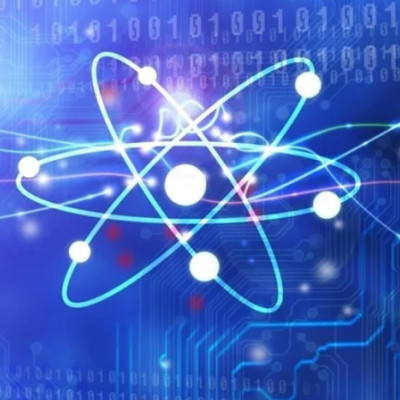
2022-12-17
Visited : 2043
Researchers have experimentally demonstrated a new quantum mechanical effect in superconductors – the photon assisted coherent quantum phase slip effect in a very thin superconducting nanowire.
Superconducting nanotechnology is a rapidly developing field with a series of promising applications. For example, the most advanced quantum processors and simulators are based on qubits made of Josephson tunnel junctions connecting two superconducting leads. Now researchers from the Quantum e-leaps consortium (from Royal Holloway University of London, National Physical Laboratory, Leibniz Institute of Photonic Technology and Aalto University), has experimentally demonstrated a new quantum mechanical effect in superconductors – the photon assisted coherent quantum phase slip effect in a very thin superconducting nanowire. The effect is revealed as the formation of current steps on the current-voltage characteristic subject to high frequency microwave radiation.
This effect has been theoretically predicted more than thirty years ago and signatures of the current steps of this type have been previously observed in small size Josephson junctions. Switching from a Josephson junction to a superconducting nanowire made of thin films of high-quality niobium nitride allowed to observe sharp and clearly visible steps on the current voltage characteristic located at current values In = 2efn, where 2e is the electric charge of a Cooper pair, f is the frequency of microwave radiation and n is an integer number denoting the step order. This fascinating effect can be used for various applications such as radiation detection or emission. However, the main application of the effect is the development of a robust current standard. Indeed, at the first current step (n=1) exactly one Cooper pair is transferred through the nanowire per one period of microwave radiation.
The current steps originate from the quantum coherent tunneling of the so-called phase slips through the nanowire. A phase slip event occurs when a single superconducting vortex crosses the nanowire. The mathematical description of phase slip tunneling and of the formation of the current steps resembles that of the well-known voltage Shapiro steps in Josephson junctions, which are currently used in voltage standards. The similarity between the two effects indicates that the current standard based on phase slips can be realized in the same way as the usual voltage standard based on Shapiro steps.
The achievement is based on a series of earlier experiments. It was proposed, simulated and conducted at RHUL and NPL, including state-of-the-art sample fabrication and low noise measurements. One of the key achievements, which ensured the success of the experiment, was the fabrication of high-quality niobium nitride films in Jena. An extensive investigation has revealed that other superconducting materials tested so far were not suitable for this type of experiments. The theoretical analysis has been done at Aalto University.
The groundbreaking results have been published in Nature.
Read the original article on Quantum e-leaps.